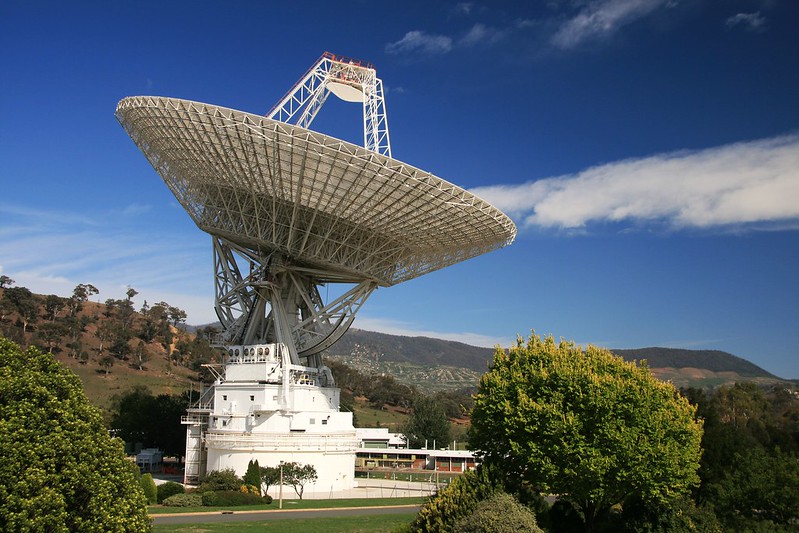
Radar dishes in Pembrokeshire Spark Opposition
Radar dishes are part of plans to establish a space radar station in Pembrokeshire have ignited controversy, with campaigners warning that the project could allow former US President Donald Trump to exert military dominance over space from Wales.
More than 15,000 people have signed an online petition opposing the UK Ministry of Defence’s (MoD) proposal to construct 27 radar dishes at Cawdor Barracks in Brawdy. The site is intended to support the Deep Space Advanced Radar Capability (DARC) project.
Jim Scott, spokesperson for People Against Radar Campaign (PARC), criticized the initiative, arguing that aligning with US military objectives without a clear necessity could risk escalating tensions with nations such as China.
“There is no rational imperative for provoking China by advancing US military interests,” Scott stated. “Would you trust Donald Trump, who has recently switched sides in a global proxy war, to use Pembrokeshire as a foothold to dominate space militarily? If not, we strongly urge you to consider ways to stop DARC.”
Political and Public Resistance
Cefin Campbell, a Plaid Cymru Member of the Senedd (MS) for Mid and West Wales, has submitted a statement in the Senedd opposing the radar project, with backing from 11 other politicians.
PARC, alongside organizations such as CND Cymru, Stop the War, and Peace Action Wales (Heddwch ar Waith), plans to bring the issue to the Senedd on Wednesday, organizing an event at the Pierhead building in Cardiff Bay. Concerns raised by campaigners about radar dishes include potential impacts on tourism, public health, local infrastructure, and geopolitical stability.
“There is a growing consensus that the UK can no longer assume that the US will automatically be an ally in future conflicts,” PARC stated.
The DARC radar dishes, standing 66 feet (20 meters) tall and 49 feet (15 meters) wide, would be located near the Pembrokeshire Coast National Park. The initiative is part of the trilateral AUKUS security partnership involving the UK, US, and Australia, aimed at monitoring deep-space activity in response to potential threats from countries such as Russia and China.
Strategic and Economic Considerations
When announcing the DARC project in December 2023, then-Defence Secretary Grant Shapps emphasized the importance of tracking deep-space activities to protect against space-based threats. The MoD stated that the radar system would enable monitoring of objects up to 22,000 miles (36,000 km) from Earth.
Despite protests, the redevelopment of Cawdor Barracks for DARC would prevent its planned closure in 2028, securing around 100 jobs in the area. Wales Secretary Jo Stevens described the project as an “important development for Pembrokeshire” that would provide local employment opportunities.
A formal planning application is expected to be submitted this year, with construction potentially beginning in late 2026, pending approval from Pembrokeshire County Council.
Historical Context and Environmental Concerns
Previous efforts to establish a radar installation in Pembrokeshire faced resistance. In 1991, a proposal to build a similar facility at St Davids Airfield was scrapped following a public campaign.
In response to opposition, the MoD has assured that the DARC program will comply with rigorous planning and environmental standards, working in coordination with Pembrokeshire County Council.
“DARC will be operated by UK personnel, and investment in Cawdor Barracks will provide employment and upskilling opportunities across various sectors,” the MoD stated. The department also emphasized that the project would meet or exceed international environmental and health regulations.
As the debate continues, campaigners and officials remain divided on whether the radar station will be a strategic asset or an unwelcome risk for Wales.













